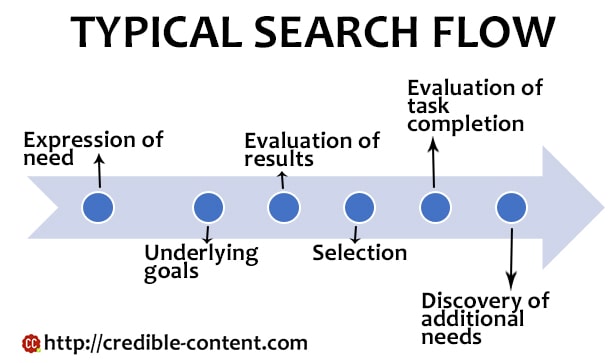Google is constantly coming up with ways to present the most appropriate content to its users.
Over the years, although the basic mechanism of ranking websites and links is underpinned by their algorithm, they are more and more shifting towards data gathered from human behavior.
No matter how advanced AI becomes, there are some fundamental mind -related phenomena that are only manifest among humans.
This is why, Google takes into account social validation when ranking your webpages and blog posts.
Keyword optimization is fine and as of now, it is still one of the most important aspects of SEO, but more important is how people perceive your content.
What is their reaction?
What do they derive out of your content?
How many people share your link on Google+, Facebook, Twitter and LinkedIn and how they engage with your content on various social networking websites?
In the recent “Whiteboard Friday”, Rand Fishkin of Moz talks about another feature that Google is gradually rolling out (may have already rolled out): “Search Task Accomplishment”.
Rand says that “Search Task Accomplishment” may be the most powerful ranking factor. The term doesn’t exactly come from Google but the intention is the same.
“Search Task Accomplishment” means providing exactly what a Google user is looking for.
When people are looking for something on Google, they are trying to accomplish something. They have a question, they are looking for an answer. They have a problem, they want to solve that problem. They want some information, and they want to get that information. Does your content respond accordingly?
In the whiteboard session, Rand uses the example of a search term “disinfect a cut”: what does a person want to achieve when he searches for this phrase?
The most likely answer is that there is a cut and the person wants to disinfect it.
If you have got a webpage or blog post that can help him disinfect a cut, you have provided a solution to his problem and hence, Google deems your content good and valuable.
What happens when someone searches for information on Google? Rand has explained on the whiteboard in running handwriting, but I have created the flow of activities using an image editor.
This is what happens when a typical search takes place:
- The person uses an expression (need) to carry out search
- He has an underlying goal: what is the intention of searching for that particular phrase or bit of information?
- He evaluates the search results where your link appears
- He clicks on your link
- He evaluates your content and decides whether your content gives him the answer he is looking for, or not
- He discovers additional information for his additional needs on your link
But you may ask, “if my link isn’t showing up in Google, how is the person going to access my content in order to be able to evaluate it?”
Your search results are not dependent upon your link only. If right now your link shows up at position 23 in the results, all the links above you must be having something that makes them rank higher than your link, right?
Suppose, one of the links, not satisfying Google’s “Search Task Accomplishment” factor, begins to rank lower. Your ranking will automatically improve one notch. This is assuming that your content is of top quality and satisfies the “Search Task Accomplishment” factor in one or another way.
If more and more websites fail this new benchmark, your link begins to move up.
Then, some people go beyond the first page on search results. Maybe they find your link on the second or third page and find the information they’re looking for – Google has a way of figuring out whether someone finds useful information on your link or not.
The more people are happy with your link, the better are your search engine rankings. Your rankings begin to improve and you start inching towards the top 10 results.
If these changes are happening – Rand says that they are definitely happening – then you should start focusing on providing answers through your content.
Create webpages and blog posts that provide an answer to precisely the question a typical Google user is searching for.
Coming back to the “disinfect a cut” example; suppose on your link, instead of telling the person how to disinfect a cut, you go on a rant about how one of your cuts were infected and how scared you were and how you were on the brink of losing your finger. Touching it may be, and the person may even empathize with you, but if you are not telling that person exactly how you were able to disinfect a cut, your content does not provide a solution and hence, doesn’t stand a chance of ranking high.

